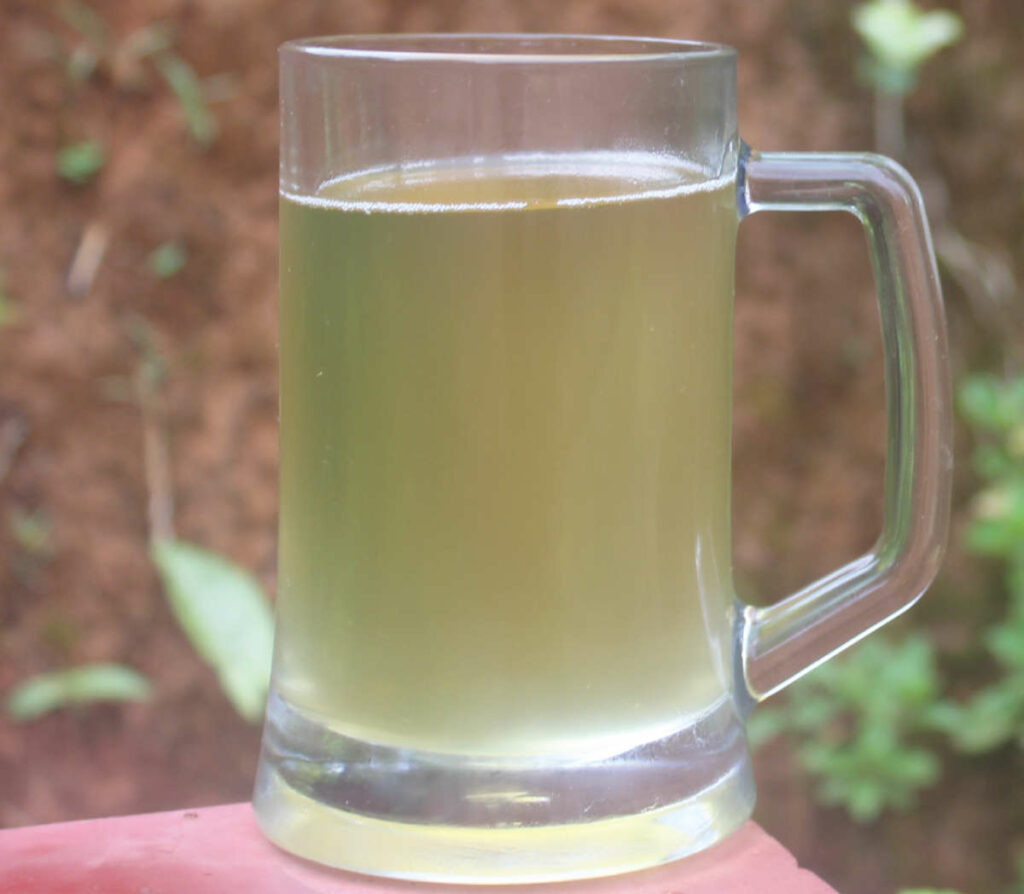We are extremely pleased to announce that Cocoguru coconut oil is now available at Reliance Retail Smart Stores! This Navarathri has been truly auspicious, Godess Durga has showered her blessings on us. For a small local player like us, it is a big breakthrough. Result of building the brand for so many years that Reliance has chosen Cocoguru among plethora of coconut oil brands.
Cocoguru is unique coconut oil brand in coastal Karnataka
- to have a website explaining all the details about the product and the company
- to have a major presence in e-commerce platforms like Amazon, flipkart and Meesho
- to be run by a team of professionals in an organized way
- to make roasted coconut oil for cooking use
- to focus on automation and technology in operations
- to provide purity and quality over lower price
- to maintain hygiene and cleanliness in workplace and thick vegetation in campus
- to provide ESI, PF, Health and Accident insurance to employees
When we started Cocoguru coconut oil, many of our well wishers casually asked if the product is available in super market chains like More, Big Bazaar, Reliance Fresh etc. It is embarassing to say No, but got away with a few lame excuses that they ask for low price, take long time for payments. 12 years back, we explored to place our coconut oil in super markets at Bengaluru. We learnt that we were no where near to placing it there.
What it takes to get into Modern Trade
The super markets have limited shelf space to keep a variety of brands for a product. They should optimise that space by keeping only a couple of brands that is most demanded. Note that is the most demanded, not the least priced or having the best trade terms. Consumers come and pick the brands they like and less likely the brands the stores push. So a brand makes into the super market shelf, when they are most liked. And that is hard and has no short-cuts. To be liked by consumers, the product should be of good quality at affordable price, have attractive strong packaging consistently.
Challenges for local brands in large supermarket chains
The trade terms for suppliers are highly one-sided and fully in favour of the retailer. Only way for small local brands is to fully agree to it. The super markets ask for a hefty listing fees, display rent, deposit to sell products and long credit periods. This can be financially daunting to the brand.
How did Reliance take interest in Cocoguru?
Reliance opened its Smart Store at Puttur. It started with a bang because of their aggressive pricing, wide assortment and convenience. Cocoguru is a highly popular brand at Puttur and it was not available there. Everyday there used to be many enquiries for Cocoguru at Reliance. Many used to buy all grocery items from Reliance and buy coconut oil from outside wherever Cocoguru was available. The store manager repeatedly informed the centralised purchase manager. We pitched them a couple of times. But they were content with the 2 brands they were keeping. One is a national brand, but not favoured in this region, priced at a premium. Other is a local brand, priced very low, unprofessional in dealings, poor on quality, irregular in supply. So market need and gaps with existing suppliers made Reliance look at Cocoguru.
Wholesale vs Super Market
Many a times, brands go all the way to please the wholesalers to buy in bulk. But at Cocoguru, we look to please the consumers. Consumers demand for Cocoguru and retailer is left with no option but to stock our product. Our biggest buyer is not any wholesaler, but a standalone super market here at Puttur. At super market, consumers can freely pick the product they like without much influence from the retailer.
So, Cocoguru being available at Reliance Smart is a win-win situation for local consumers, brand Cocoguru and Reliance Retail. This should be the first of many more placements at bigger supermarket chains. Cocoguru should soon be available at Jiomart.com and consumers will be able to get door delivery in local area at much lower costs compared to Amazon and Flipkart.







